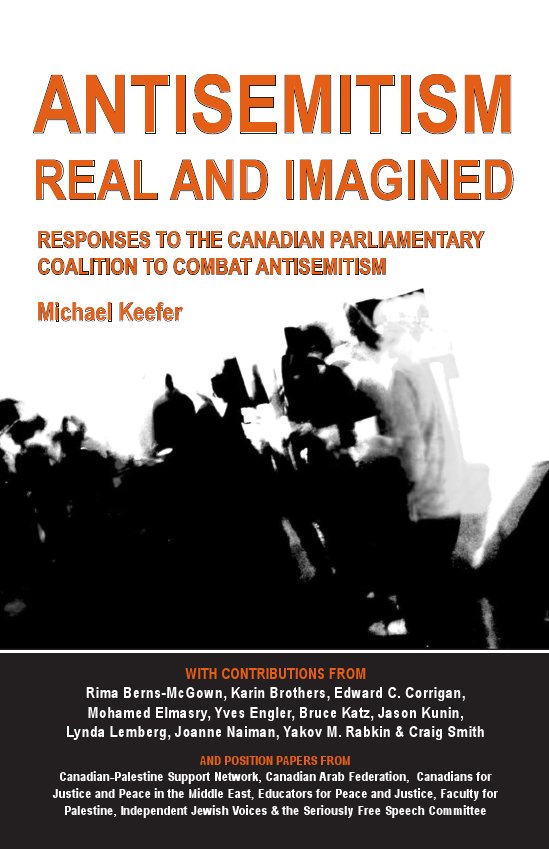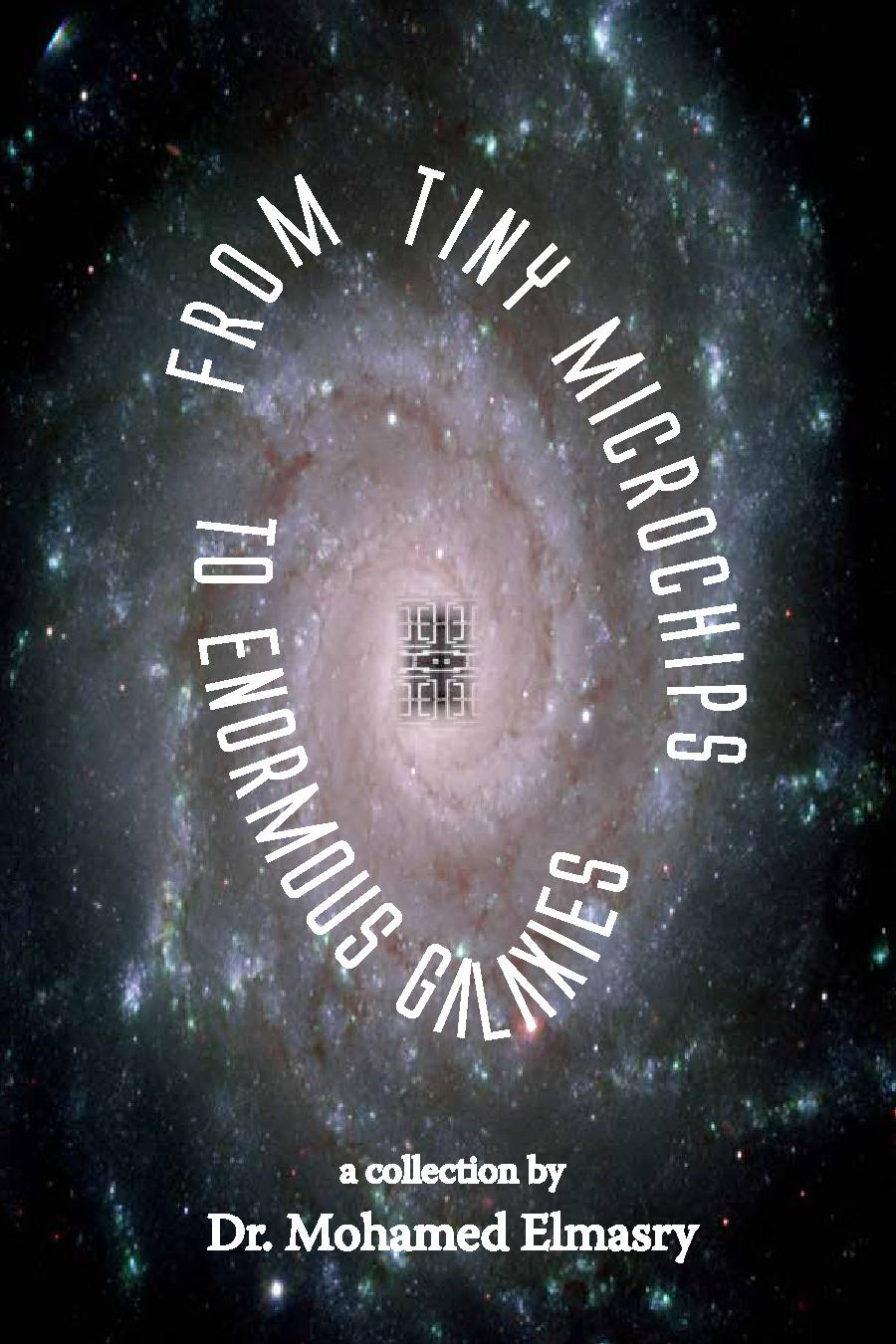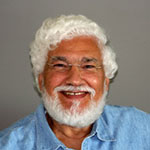October 5, 2019
Language invites us to think, communicate . . . and understand

While touring Sinai last year, my Arabic-speaking guide pointed to a beautiful native tree and asked, "Doctor, do you know what this is?"
To help me out, he picked one of its fruits and gave it to me. In tasting it, I awakened stored associative memories in my brain of sensory experiences from my Egyptian childhood. “It’s a Doum palm," I said. And I was right.
Back in Canada, I found it difficult to describe to my Arabic and English-speaking friends the beauty of this exquisite tree, even though I am fluent in both languages.
So, I showed them photos I had taken of the tree and its fruit (hoping that a picture really is worth 1,000 words) and offered them a taste of the fruit as well. But I still could not do full justice to its beauty.
The Doum Palm is a hardy and drought-resistant tree, whose leaves, fruit and seeds can all be used to benefit and nourish humans. One can even make glue from its pollen. Its fruit can be used as a dietary supplement for its hypotensive (blood pressure-lowering) and hypolipidemic (cholesterol-reducing) effects.
My attempts to properly describe the Doum Palm to friends who had never seen one vividly reminded me how central language is to human life.
Language offers a well-developed, and constantly evolving, means of communication that allows us to encode and transmit complex and subtle ideas, feelings, and wishes, either verbally or in writing; language in turn allows us to receive and comprehend the transmissions of others.
For years researchers from disciplines as diverse as the neurosciences, computer science, cognitive science, psychology, mathematics, linguistics, philosophy, epistemology, robotics and religion have endeavored to unravel the mysteries of how the human brain is so impressively flexible and adaptive in using language to think, learn and communicate.
Human brains are biologically designed to learn and use languages, or “pre-wired” with this ability as Prof. Noam Chomsky, one of the world’s top linguists, has described it.
The average human brain comprises only two per cent of the body’s weight but accounts for 16 per cent of its basal metabolism – in effect, our body is like a factory working 24/7 to feed our brain. (You can make that factory efficient by exercising, adopting a low-stress lifestyle, and eating a healthy diet.)
In an average non-human mammal, the brain’s share of basal metabolism is roughly three percent, while some marsupials get by with less than one per cent.
Our human brain uses all that extra energy to execute and maintain higher-order processes such as thinking, imagining, learning, and communicating.
Sending and receiving communication is an important tool for learning, understanding, innovating, creating, and discovering. It is also essential for our survival, progress, well-being, and resiliency in dealing with life’s changes and challenges.
Good communication – the skilled and mindful use of language – can illuminate and even solve individual and collective human problems, such as arms escalation, environmental destruction, endemic poverty, to cite only a few of the most persistent.
But when words are used in a destructive manner that intentionally seeks to miscommunicate and/or slander others, they can damage reputations and result in criminal indictments. On the wider political stage, words can stir up civil disorder, subvert governments, alter constitutions or state laws, and fuel hatred or discrimination against identifiable ethnic or religious groups.
“The Word of God” is a phrase often used by major world religions to refer to sacred writings inspired by or directly received from the entity they revere as God, or the Supreme Being.
In both the Hebrew (Old) and Greek (New) Testaments, one can read, “God spoke all these words” (Exodus 20:1), or “Thus says the Lord” which appears thousands of times. The Qur’an, directly received by Prophet Muhammad over a period of more than two decades, contains 6,236 verses arranged in 114 chapters, totalling 77,473 Arabic words – all of them God’s words.
In India more than 6,600 languages are spoken, while Chinese (especially the major dialects of Han, Mandarin and Cantonese) is spoken by more people than any other language. English and Arabic are among the world’s top five.
Learning results in the formation of memories and in humans this process reaches its most sophisticated form, allowing us to have acquired languages as our main medium of communication.
Our working memory plays a crucial role in comprehending spoken and written language by allowing us to keep track of meaning in the flow of words being heard or read. Some of this information is held in short-term memory, but through repetition it can become important enough to be transferred to long-term memory; thus, something merely remembered in its initial stages, becomes something learned.
Now imagine a supremely well-designed, compact, lightweight communication device that consumes hundreds of times less power than your most sophisticated and expensive smart device and functions with hundreds of times greater capacity and efficiency – it’s none other than your own brain!
The human brain contains one hundred billion cells that use one hundred trillion interconnections to “talk” to each other. It's simply the most extraordinary device ever created. Not only can it study itself; it can study the entire universe.
Consider the myriad activities going on in your brain right now, as you’re reading my words.
First, your brain must know how to decipher and comprehend words and their nuances in English; if I wrote in Arabic, most of you would not be able to read this.
Second, you have to let your brain encode my words without distraction, so that it can orchestrate a series of rapid eye movements – left-to-right for English and many other Western languages; right-to-left in Arabic. In doing so, eye and brain work together, deciphering seven or eight letters at a time.
While we may think we are taking in entire sentences at a glance, the brain actually recognizes individual words. What is surprising, however, is that the order of letters in a word doesn’t seem to be particularly important. Even more surprising is that groups of letters belonging to different words can even be deciphered without visual spaces in expected locations.
Here is an example:
Iw asbo rninegypt inamid dleclassa reaofc airoandcam etoc anadain1968 nowiamar etiredprofof comp uterengineer ing attheuniv ersityo fwaterloo
A scan is often used to determine the physical state of the brain, but a written test can indicate the presence or rate of decline in one’s ability to communicate. Two words twinned in unlikely combinations – for example, dog-spatula, table-nostril – are listened to and then written down.
“When you do the word recall test in a normal person the number of words they remember keeps on increasing because they are encoding the words in their brain,” explains William Shankle, MD, co-founder of the Alzheimer’s Research Center at University of California, Irvine.
But strokes, Alzheimer’s disease and age-related memory loss (a condition, not a disease) all impact our verbal fluency and ability to communicate.
For most native English-speakers, learning Mandarin Chinese from scratch is no easy task. But before any individual – whether an infant learning its native language, or an adult learning a second language – begins processing aspects such as vocabulary and grammar, they must first learn to identify basic sounds, or phonological elements, says University of Delaware cognitive neuroscientist, Prof. Zhenghan Qi.
The eventual goal of her research is to explore whether someone can practice sound recognition early in the process of learning a new language to potentially improve their success.
Adults can learn new languages if “they can train themselves to become more sensitive to speech sounds,” she concluded. After all, babies only a few months old do just that in learning their mother’s language before they ever articulate words of their own.
So even though I may not be able to do justice in mere words to the wonders of the Doum Palm, I at least have the facility of language through which to preserve my own memory images and kindle the imaginations of those with whom I share those memories.








